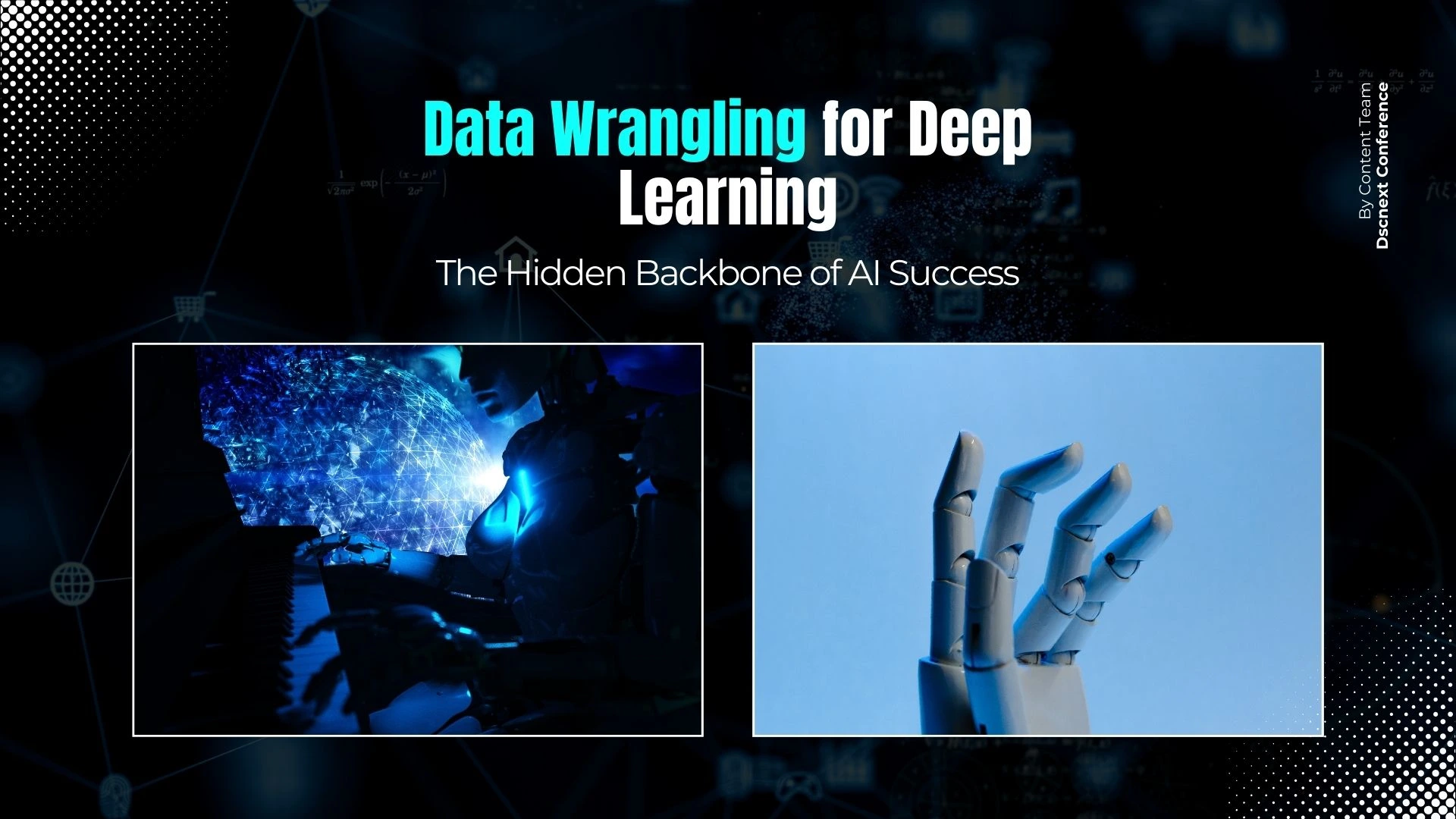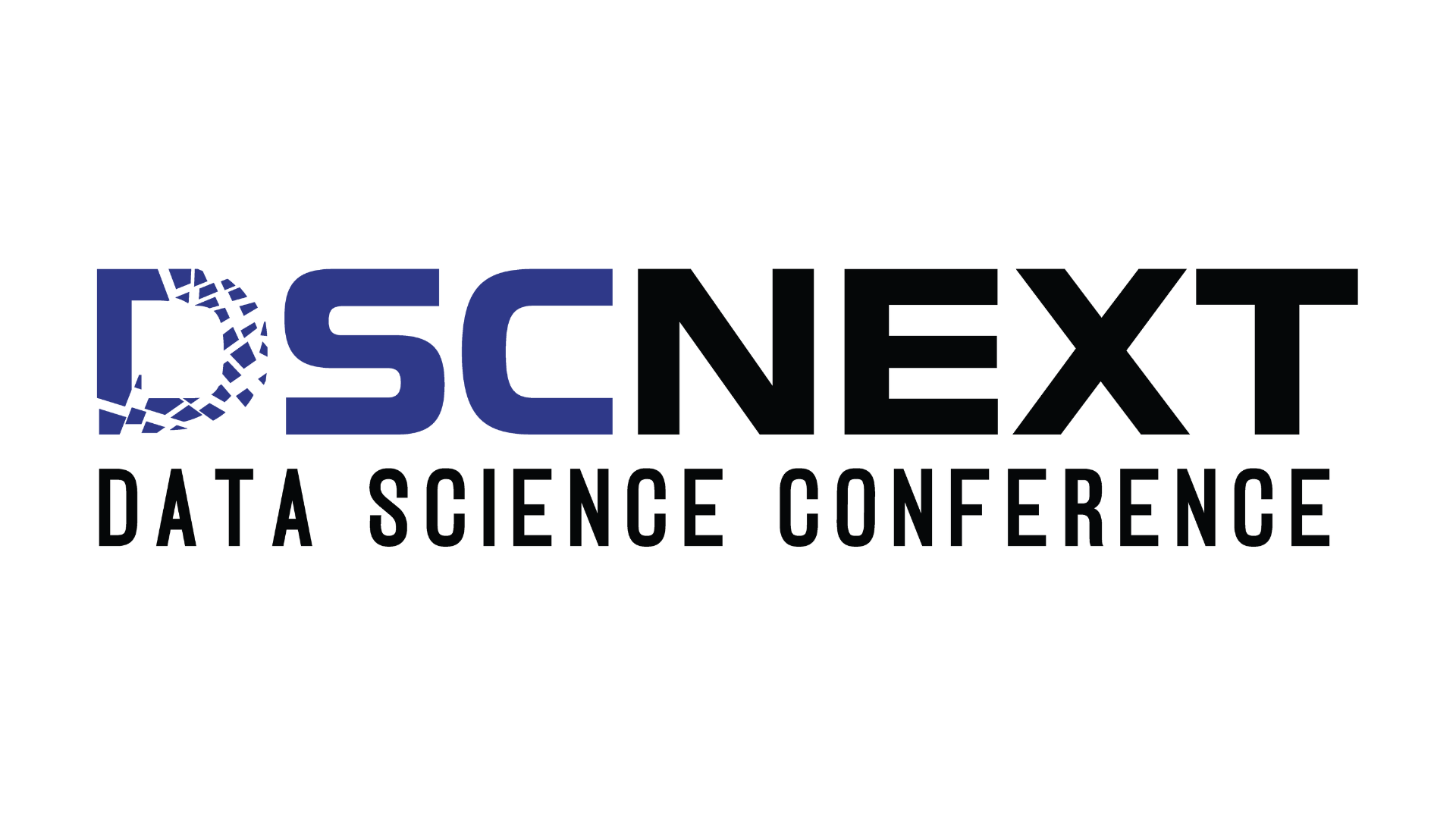
Deep learning powers some of the most groundbreaking applications of Artificial Intelligence (AI), from image recognition to natural language processing. But beneath its impressive capabilities lies an unsung hero: data wrangling. This process of cleaning, transforming, and organizing raw data is critical to ensuring AI models achieve their full potential.
The Importance of Clean Data
Deep learning thrives on vast quantities of high-quality data. Without effective preprocessing, even the most advanced algorithms falter. Key benefits of data wrangling include:
Consistency: Removes noise and discrepancies in datasets.
Accuracy: Reduces errors that could mislead models.
Efficiency: Speeds up the training process by delivering ready-to-use data.
Generalization: Improves model performance on unseen data.
“Data quality is a major challenge in deep learning, and data wrangling is a crucial step in ensuring that the data is accurate and relevant.”
Key Processes in Data Wrangling
Data Collection
Gather data from IoT devices, APIs, or web scraping. For instance, collecting satellite images to train weather prediction models.
Data Cleaning
Remove duplicates, fill missing values, and address errors. Techniques include imputation, outlier detection, and normalization. A case in point is cleaning sensor data for a smart city project.
Data Transformation
Convert raw data into usable formats, such as scaling or encoding. This includes encoding categorical variables in customer churn analysis.
Data Augmentation
Create data variations to prevent overfitting, like rotating medical images for improved diagnostic accuracy.
Feature Engineering
Extract meaningful patterns from raw data, such as adding time-based variables for stock price prediction.
Tools for Data Wrangling in Deep Learning
These tools simplify the wrangling process, making it accessible to AI practitioners:
Pandas and NumPy for data manipulation and analysis in Python.
TensorFlow Data Pipelines and PyTorch DataLoader for model preparation.
Apache Spark for large-scale data processing.
Real-World Applications
Autonomous Driving
In the field of autonomous driving, companies like Tesla and Waymo rely heavily on diverse and high-quality datasets to train deep learning models. These datasets include video feeds, LIDAR scans, and sensor readings.
Data Cleaning: Remove corrupted data, such as blurry images.
Data Transformation: Convert LIDAR scans into pixel data for CNNs.
Data Augmentation: Simulate conditions like fog or rain.
Outcome: Enhanced navigation systems capable of safe, real-world performance.
Ride-Sharing (Uber)
Uber processes vast datasets to optimize its operations.
Data Cleaning: Remove duplicate entries caused by network errors.
Data Transformation: Standardize GPS data and payment types.
Feature Engineering: Add time-based features for better demand prediction.
Outcome: Improved demand forecasting and route optimization, boosting customer satisfaction.
Recent Advancements in Data Wrangling
Automated Wrangling Tools:
Platforms like Google Cloud DataPrep and AWS Glue automate repetitive preprocessing tasks.
Example: AWS Glue simplifies handling streaming data.
Explainable AI (XAI):
Visualization tools highlight how biases or missing values impact model performance
Synthetic Data Generation:
Tools like Nvidia’s AI create diverse datasets for niche applications.
Example: Synthetic datasets for autonomous vehicle training.
Edge Computing :
IoT devices preprocess data on-site, reducing latency and bandwidth usage.
Challenges in Data Wrangling
1. Volume of Data: Processing terabytes of information efficiently.
2. Data Quality: Managing missing, biased, or noisy data.
3. Domain Expertise: Understanding data context to extract meaningful features.
4. Automation: Balancing manual intervention with automated processes.
Future Trends
1. AI-Powered Wrangling Pipelines: Automated systems for intelligent preprocessing.
2. Quantum Computing: Accelerated wrangling of massive datasets.
3. Self-Healing Pipelines: Automated detection and correction of data source issues.
4. Ethical Wrangling: Built-in tools to ensure data privacy and mitigate bias.
These trends signify a future where data wrangling becomes more efficient, automated, and integral to AI success.
Conclusion
Data wrangling is the foundation of AI success. By transforming raw data into actionable insights, it ensures deep learning models deliver on their promise of innovation and accuracy. With advancements like automated tools and ethical compliance, the future of data wrangling is set to be more efficient, automated,and integral to the evolution of AI.
For organizations looking to utilize AI, investing in robust data wrangling practices is not just an option;it’s essential.
The Data Science NEXT Conference 2025,
Taking place from May 7–9 in Amsterdam, this premier event will delve into the future of data science, machine learning, and AI. With keynote sessions, panel discussions, and hands-on workshops, it offers attendees the chance to explore cutting-edge innovations and connect with industry leaders. Whether you’re a seasoned professional or an aspiring enthusiast, this is your gateway to the forefront of data-driven technologies.


